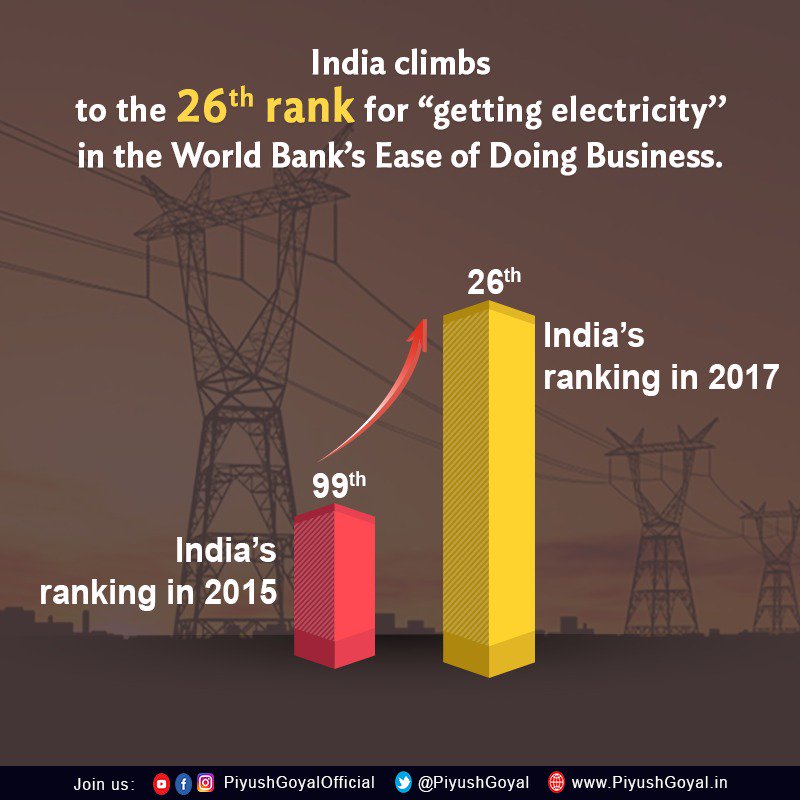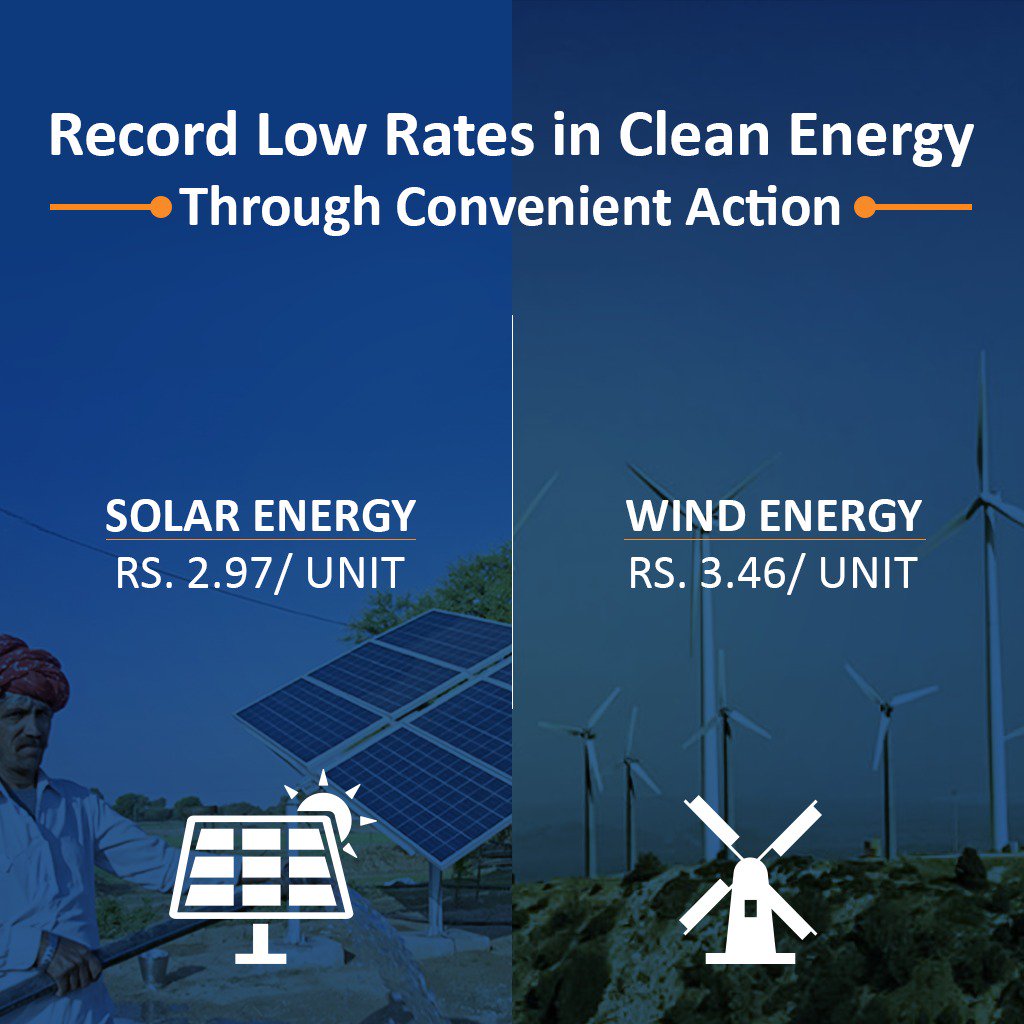It is not just Coal, Nuclear, Wind, Sun, hydro but there are other ways to generate electricity
http://www.makeuseof.com/tag/8-unbeliev ... ectricity/
1. Harvesting Body Heat
A number of major cities have begun harvesting the heat trapped in their vast metro systems. Millions of commuters (not to mention the trains themselves) sealed in the insulated environment of the metro can lead to an enormous temperature differential.
The heat produced can be converted into power and heat for local homes, apartments, and businesses. Five hundred homes in the London borough of Islington, offices parallel to the Stockholm metro, and a Parisian residential block are all harnessing human heat, with more buildings set to benefit in the near future.
2. Confiscated Alcohol
When life gives you lemons, burn the lemons and use them to power trains.
Sweden’s national customs service confiscated 185,000 gallons of illegally smuggled alcohol last year. Rather than pour it all down the drain, the Scandinavian’s plan to convert the seized alcohol into enough biogas to fuel over 1,000 trucks and buses, and even a train.
3. Used Adult Diapers
Japan’s population is getting old fast. So old that in the near future, Japanese sales of adult diapers will outgrow sales of regular diapers. Seriously.
However, whilst the aging Japanese population may be of wider economic concern, Tottori-based Super Faiths Inc. innovative SFD Recycling System sees the burden as a power-solution.
SFD System
The SFD Recycling System takes used diapers, then sterilizes, pulverizes and dries them in their patented machine, returning biomass pellets reading for burning in the appropriate furnace, returning around 5,000 kcal per kg recycled. Not a bad return for an entirely useless landfill article. Capable of “servicing” around 700lb of used diapers per day, the system could well make its way into retirement homes and large hospitals.
4. On the Dance Floor
More people power, please! The kinetic energy generated by our everyday tasks is under the spotlight as underground stations, nightclubs and gyms begin to utilise piezoelectric harvesting technologies. Piezoelectricity is generated in certain crystals in response to compression force. If you have a surface that’s moving for any reason, you can attach piezoelectric crystals to it, and get small amounts of energy out.
Piezo Dancefloor
The accumulated electrical energy can be used to power services within the same building or area, or routed to a new location. Piezoelectricity isn’t an entirely new phenomenon, with DARPA evaluating piezoelectric generators in the boots of soldiers. However, we utilise piezoelectricity more often than you might think: electric cigarette lighters feature a piezoelectric crystal with sufficient voltage to ignite the gas, resulting in a flame.
5. Thorium Reactors
Miniature nuclear reactors powered by just one ton of radioactive thorium could feature in a new generation of local power generation schemes. That said, thorium reactors would require high-energy neutrons to trigger their fissile activity, which has lead British scientists to begin work on miniature particle accelerators.
Panoramic Virtual Tour Of CERN Comes To Google Street View If you ever wanted to visit and see the Large Hadron Collider, now you can. Thanks to Google Street View you can take a panoramic virtual tour of the CERN site.
Read More
CERN Particle Accel
A prototype, the Electron Model of Many Applications, or EMMA, operates at around 20 million electron volts, or 20 MeV, which is a strong start. That said, a fair degree of skepticism remains around the use of thorium and the practicalities of building and maintaining a larger number of local nuclear reactors.
6. Solar Power in Space
What could be more exciting or futuristic than a massive solar array, floating on a platform above the planet, beaming wireless electricity toward the Earth’s surface. There are a lot of advantages to this option: no need to take up valuable real estate on Earth, and no energy fluctuations caused by weather.
That said, there is a long way to go with this form of alternative power. Wireless electricity transmission, long-term radiation shielding, meteorite protection, and the sheer cost of putting the equipment into orbit are just some of the stumbling blocks.
7. Solar Wind
While we’re on the subject of space, let’s talk about solar wind.
This winter is one of the best times to see polar lights. The next best time is in about 10 years, so you better catch them now. Be in the right place at the right...
The solar wind consists of an enormous number of charged particles, emitted by the sun at very high speeds. In principle, these particles can be used to generate electricity by using an enormous solar sail and a charged wire, which generates energy from the solar wind passing along it. According to preliminary analysis by the University of Washington, the amount of power you can generate is essentially limitless, constrained only by the size of the solar sail you deploy.
300 meters of copper wire, attached to a two meter wide receiver and a 10 meter sail could generate sufficient electricity for 1,000 households.
A satellite with a 1,000 meter of cable, and a sail 8,400km wide, could generate one billion billion gigawatt’s of power.
Sounds good? It would be – if such a solar sail could be produced and launched into an appropriate orbit.
8. Jellyfish
Our oceans are becoming more acidic. As such, Jellyfish populations are soaring. Most of them aren’t for human consumption, but they may prove to be more useful for another global issue. Swedish researchers have been steadily liquifying large numbers of Aequorea victoria, a glowing jellyfish common to the shores of North America.



